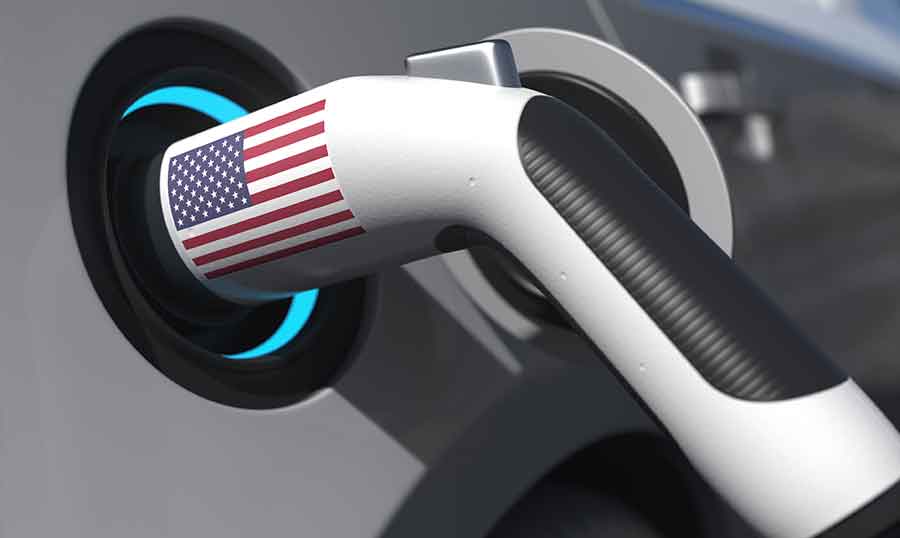
New York City’s electric vehicle lag
Surprisingly, despite the need to phase out fossil fuels contributing to climate change, the nation’s largest city is moving incredibly slowly toward electric vehicles. “And in a city with nearly 1.9 million registered passenger vehicles, zero-emission vehicles make up less than one percent.” As reported in the New York Times earlier this year.
Right now, in NYC, out of a fleet of nearly 6000 busses, there are only 15 electric public buses. Taxis are worse, just 25 out of roughly 14,0000. And worse still, only one electric police patrol car and a single garbage truck.
So there’s room for improvement, but some New York City cab drivers are already reaping the rewards. It appears that the novelty of an electric vehicle may pay up to 900 percent more in tips. And when combined with fuel savings, early EV adopters can benefit greatly.
Yet, despite the popularity of electric vehicles, New York City only has a network of approximately 1000 curbside chargers. And only 86 of them are open to the public. As a result, the infrastructure does not match the appetite, presenting a few planning issues.
The issue with EVs in cities
Electric passenger vehicles are not a simple alternative in a city where most people live in apartments and do not have a home garage to charge cars. And curbside chargers are few and far between.
The current EV charging grid in America and worldwide can barely meet the current level of EVs on the road. Several surveys show there aren’t enough EV charging stations to match demand, even in cities encouraging EVs. So, the aim is simple, make more chargers available. But, in densely populated areas, the constant issue is, where? And how can we ensure that they will not only be accessible but also inexpensive enough for everybody to use?
The thought of driving around, hunting for a charging station, failing to find one, and possibly having your car die on you is undoubtedly disheartening. Also, new development is frequently associated with costly construction and the potential displacement of residents or companies.
This problem is exacerbated by the fact that not all EVs have the same plugs. A slight design flaw means charging stations may need to be designed to support two, three, or even more different plug types to enable the quickest charging speeds. So new, creative solutions will be necessary for cities to omit higher construction costs.
NYC’s current ranking
According to Atlas, fully electric and plug-in hybrid vehicles accounted for 3.4 percent of all new passenger vehicle sales in New York City last year, compared to 22 percent in San Francisco, 11.9 percent in Los Angeles, and 11.7 percent in Seattle.
Unfortunately, the national average was just 4.4 percent, indicating that the problem is also state-wide. California, New York, and Florida are the top three states in the United States for charging outlets.
Plus, given the geographical area and population of the three states, California and Florida are the top two in registered EVs and total automobiles. The rating of all 50 states can be found here.
NYCs electric vehicle’s future plans
The New York Times reports that the city expects to purchase 1,084 electric vehicles this year. Among them are 148 Ford Mustang Mach-E police patrol cars and seven additional electric Mack garbage trucks. And officials in New York have set a goal of 10,000 curbside chargers by 2030.
As well as the Metropolitan Transportation Authority, which operates the city’s buses, has earmarked $1.1 billion to purchase 500 more electric buses and upgrade eight bus depots with charging stations. This could mean bus riders will see around 60 new electric buses hit the road as soon as next year.
SOURCES:
https://www.nytimes.com/2022/04/05/nyregion/nyc-electric-vehicle-evs.html
https://www.nytimes.com/2022/03/11/nyregion/electric-cars-nyc.html






